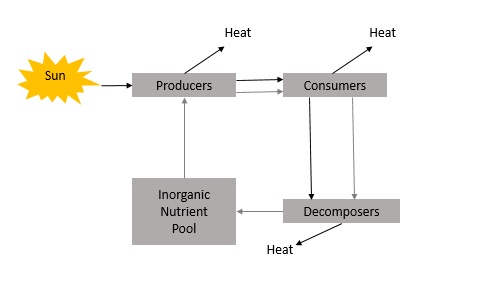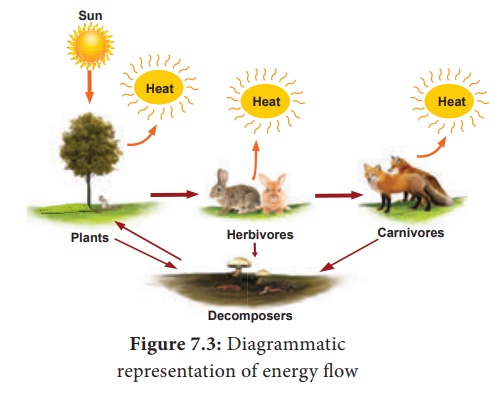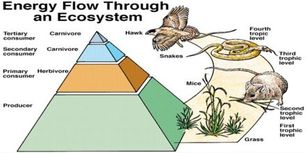energy flow in ecosystem is always
Energy flow is always unidirectional. The flow of energy between living elements is always unidirectional in the ecosystem.
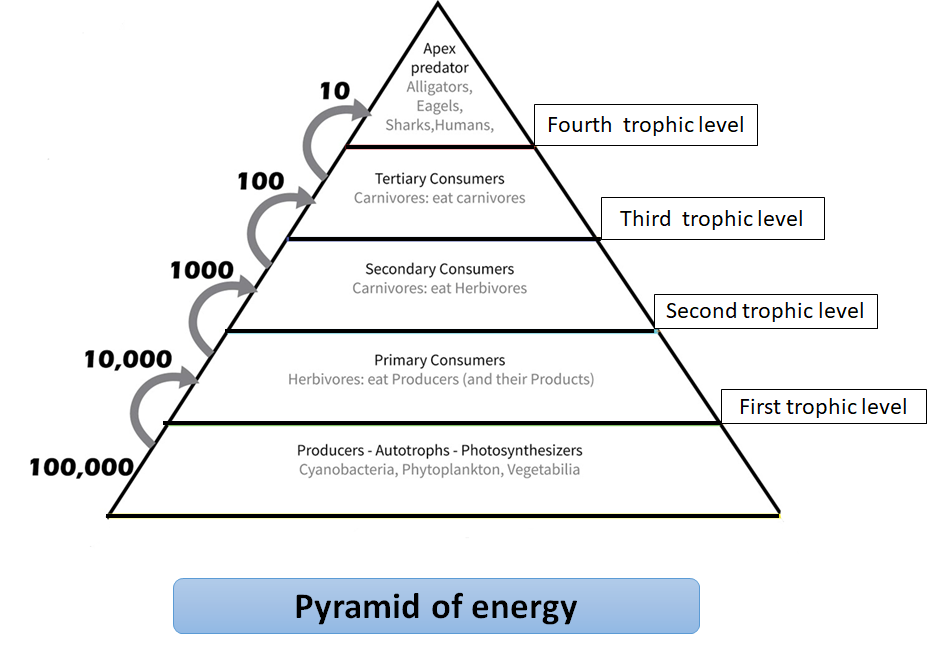
Explain Energy Flow In The Ecosystem Class 12 Biology Cbse
From producers energy transfers to different consumers.
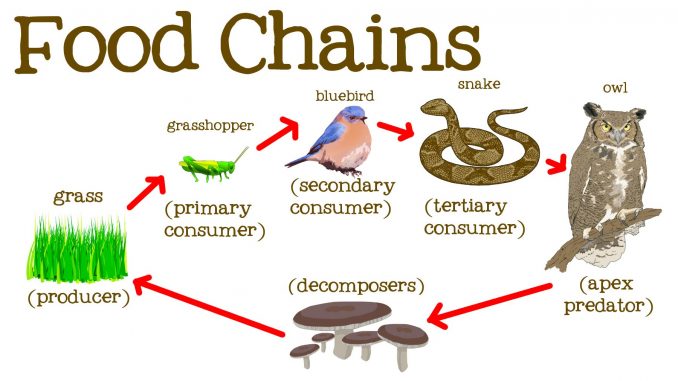
. During the transfer of energy through successive trophic levels in an ecosystem there is a loss of energy all along the path. The remaining energy is utilised by the plants in their growth and development. This energy is then passed on from one organism to another in a food chain.
Nearly all of the energy in Earths ecosystems originates within the Sun. Here deer gets energy from grass and Lion from deer. At the first trophic level primary producers use solar energy to produce organic material through photosynthesis.
In most of the natural ecosystems energy comes from the sun it is trapped by producers and then passed on to successive trophic levels in the form of food. This makes unidirectional flow of. A part of the energy is stored within the plants.
The energy flow or calorific flow occurs at different trophic levels in the ecosystem. On Earth we have only one energy source that is Sun and we all get energy directly or indirectly from the Sun. For example a millipede can eat parts of a living plant or it can eat dead leaves on the forest floor.
Energy flow is defined as the passing of energy from one organism to another in an ecosystem. Each step of the pyramid represents a different trophic level starting with primary producers at the bottom. Unidirectional flow of energy and cycling of nutrients are the two most basic characteristics of all ecosystems.
Hence 10 is transferred from one trophic level to another. CONCLUSION An ecosystem is a functional unit with energy flowing among its abiotic components very efficiently. Only 10 of energy is passed to the successive tropic level.
An energy pyramid sometimes called a trophic pyramid or an ecological pyramid is a graphical representation which shows the flow of energy in an ecosystem at each trophic level. The flow of energy is always UNIDIRECTIONAL as in the nature energy always flow from lower potential higher potential. Energy flow in an ecosystem is unidirectional.
This is because there are various interchangeable forms of energy and the transformation of which is controlled by the law of thermodynamics. Energy always flows from sun to the producer through photosynthesis. The cycle of energy is based on the flow of energy through different trophic levels in an ecosystem.
The height is always the same. Energy flow in an ecosystem is always unidirectional. The energy enters the plants from the sun through photosynthesis during the making of food.
Hence the correct answer is option A. It always flow from sun to producer and then to consumers. The flow of energy in the ecosystem is unidirectional because the energy lost as heat from the living organisms of a food chain cannot be reused by plants in photosynthesis.
Thats why flow of energy in the ecosystem is unidirectional in nature. Energy flow in an ecosystem is always unidirectional. The flow of energy in the ecosystem is unidirectional.
The energy given out by the organisms as heat is lost to the environment it does not return to be used by the plants again. The producers synthesise food by the process of photosynthesis. Only 10 of energy is passed to the successive trophic level.
A decomposer does its job in an ecosystem by eating dead organisms but decomposers dont always eat dead things. Glucose provides energy to the living organism because breakdown of glucose by means of respiration leads to the release of energy in the form of ATP. As energy flows through an ecosystem much of that energy is lost in the form of heat into space.
It cant be reversed means that the grass cant get energy from Deer neither deer from Lion. Energy in an ecosystem is never destroyed but it is converted from one form to another. This flow of nutrients and flow of energy is described by different food chains present in the ecosystems.
Thus a long the food chain there is a loss of energy and only 10 percent of the energy available at each trophic. The energy flow in the ecosystem is important to maintain an ecological balance. Based on the energy flow ecologists measure.
Energy in an ecosystem is never destroyed but is converted from one form to another. Energy flows progressively from one trophic level to another and cannot revert back. The flow of energy in the ecosystem does not rotate like other elements of the environment.
The flow of energy in an ecosystem is always a unidirectional b bidirectional c multi directional d no specific direction. The flow of energy in ecosystems is vitally important to the thriving of life on Earth. It means that energy which is absorbed by the producers from sun and is converted into chemical energy always flow from a lower trophic level to a higher trophic level as in a food chain when herbivore consumes producers the energy is transferred from producers to consumers and so on.
In ecology the energy is always transferred from one organism to another via the food chain. Flow of energy and cycling of different nutrients is the most important aspect and characteristic of all ecosystems. An ecosystem is a functional unit with energy flowing among abiotic components very effectively.
To show the flow of energy through ecosystems food chains are sometimes drawn as energy pyramids. In most of the natural ecosystems energy comes from the sun it is trapped by producers and then pass on to successive trophic levels in the form of food. Beside this what direction does energy flow.
Energy flow in an ecosystem is always unidirectional in nature because most of energy is released at the trophic level in the form of heat and performing metabolic activities. The width of each step represents the rate of energy flow through each trophic level. Unidirectional means in one Direction.
Energy recycling is constant and is very important for the survival of the ecosystem. Our ecosystem is maintained by the cycling energy and nutrients obtained from different external sources. Once this solar energy reaches Earth it is distributed among ecosystems in an extremely complex manner.
The width of each bar reflects the energy units for each trophic level available. Characteristics of Energy flow. Click to see full answer.
First of all sunlight energy is used by living beings for synthesizing their food by the process of photosynthesis and glucose is formed. Sun is the ultimate source of energy in an ecosystem.
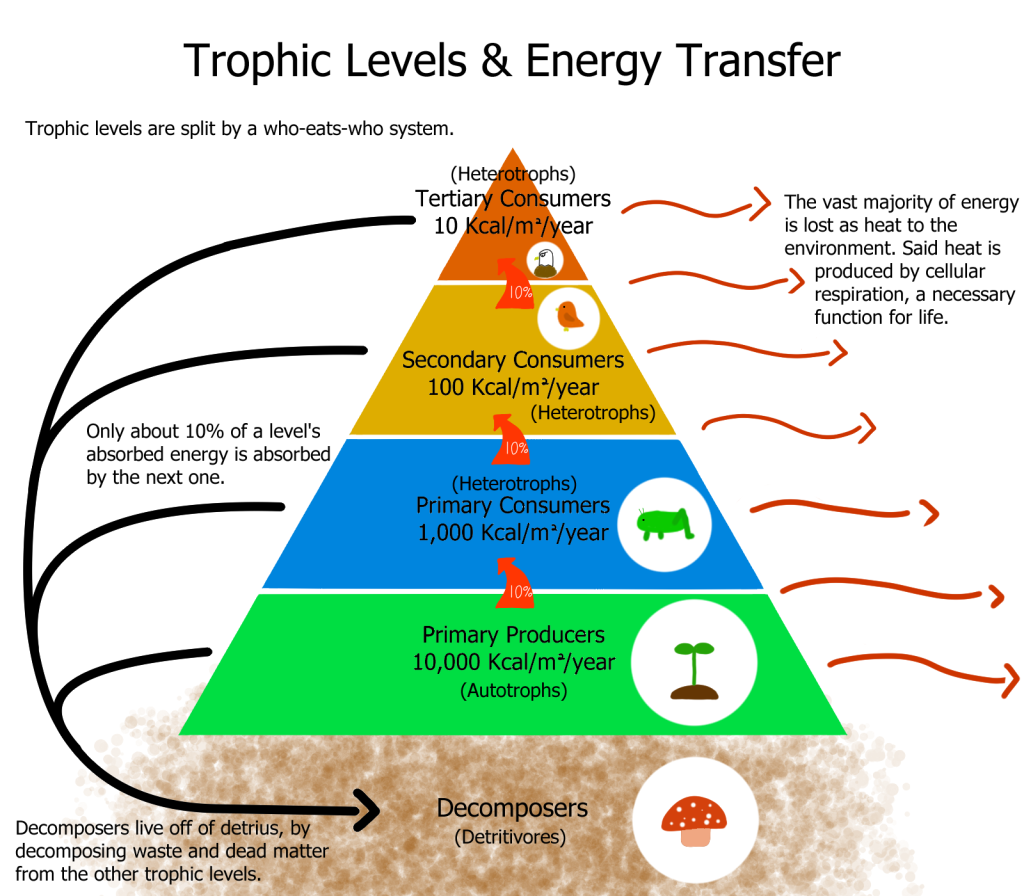
Energy Flow Study Guide Inspirit
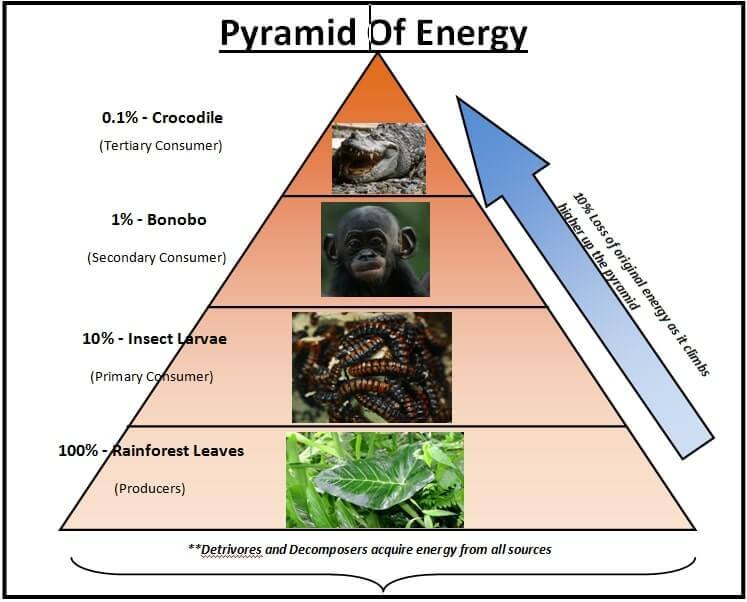
Energy Flow Through An Ecosystem Ecological Pyramids Pmf Ias

Introduction Of Energy Flow In The Ecosystem In Biology Aesl
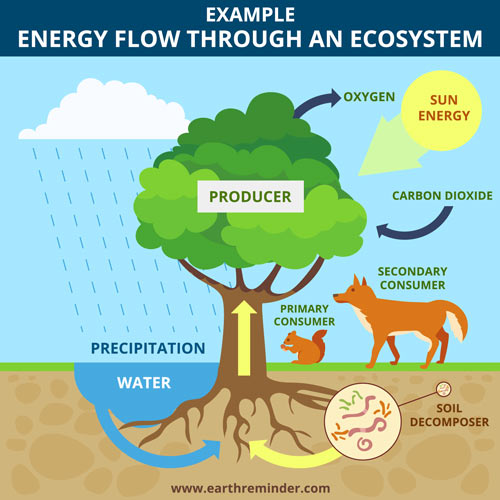
How Does Energy Flow Through An Ecosystem Earth Reminder

Energy Flow Primary Productivity Article Khan Academy

Energy Flow Through Ecosystems Biology For Majors Ii

Energy Flow Study Guide Inspirit
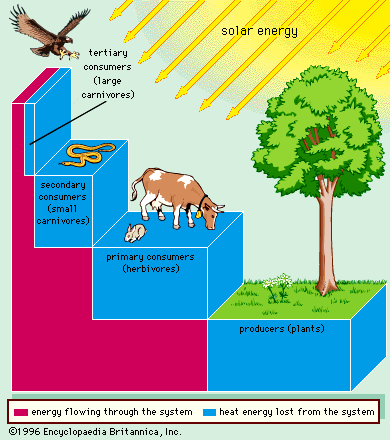
Energy Flow Biology Notes For Igcse 2014

Energy Flow In Ecosystem Food Chain Trophic Level Ecological Pyramid

Energy Transfer In Ecosystems National Geographic Society

Energy Flow In Ecosystem Blog Forumias
How Does Energy Flow In An Ecosystem Quora
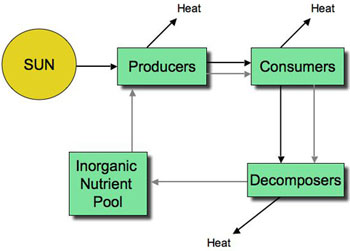
4 2 Energy Flow Amazing World Of Science With Mr Green

What Do You Understand By Energy Flow In An Ecosystem Explain Energy Flow Through Different Trophic Levels Draw Line Diagram Of A Food Chain

Energy Flow In Ecosystem Food Chain Trophic Level Ecological Pyramid
